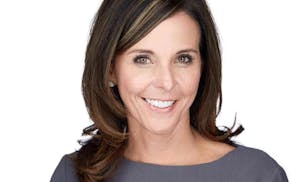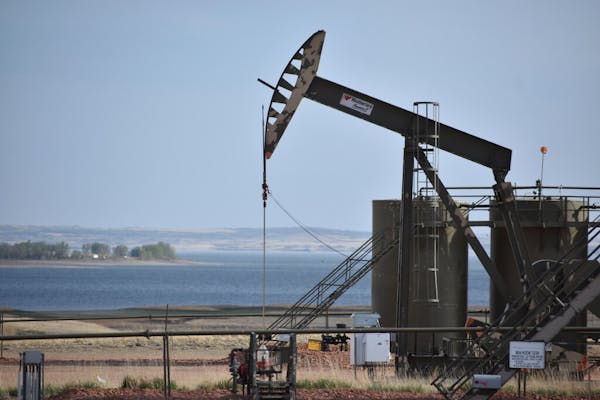The stock market, often a harbinger of the economy, has tanked so far this year.
The reasons are varied, rooted in soaring oil and gas prices amid Russia's war on Ukraine, shortages and shipping disruptions that have contributed to annualized year-over-year inflation of 8% and higher interest rates from the Federal Reserve.
The S&P 500 index of America's largest companies was down 16% through May 13, the Russell 2000 index of smaller companies down 25% and the Piper Sandler Minnesota index of Minnesota's 50 largest public companies down 19%.
Most of the Star Tribune 50 list of publicly traded companies posted negative total returns through mid-May.
Not many companies' shares have gained ground this year.
Northern Oil & Gas, rising 34.2%, is one of them. Others are so-called defensive stocks that hold up pretty well in economic downturns: General Mills (1.8%), Xcel Energy (11.4%) and Patterson Cos. (8.7%). Logistics outfit C.H. Robinson, which works on smoothing supply-chain routes for customers globally, had been in positive territory until Wednesday.
But over the past three years, only 15 of Minnesota's 50 largest public companies dropped in value. That group includes Protolabs, down about 62%. From the time they went public in either 2020 or 2021 to the end of last week, Bright Health shares are down 88%, Jamf Holding's 39%, Sun Country Airlines' 33.6% and Life Time Group Holding's 32%.
Andy Serwer, the financial journalist and commentator who is editor of Yahoo Finance, wrote that the market correction does not necessarily mean the United States is headed for a recession. But there are mounting headwinds, from energy and inflation to the down market, that "are more than enough to cause the global economy to contract."
For stock market investors, the best way to protect yourself is to stay diversified and keep out of the market any money you will need within two to three years, according to many financial advisers. The market greatly rewarded diversified investors who we able to hang on during the 2008-2009 plunge of almost 50%.
The S&P 500 rose from 800 in early 2009 to 4,800 in December, before the 2022 decline.
Martha Pomerantz, the veteran Twin Cities financial adviser and partner at Evercore Wealth Management, sees clouds but not a falling sky.
Pomerantz is among the advisers who encourage clients to hold back sufficient cash and fixed-income assets to weather several years of living expenses. That cash can be moved into stocks as "entry points" emerge.
"While we expect continued volatility, given investor concerns around inflation, interest rates and supply chains, we remain confident investors in the U.S. markets," Pomerantz said in an e-mailed response to questions. "While earnings growth rates are less than last year, the underlying fundamentals of companies remain strong, and the recent compression in price-to-earnings multiples — the amount that investors are willing to pay for every dollar of earnings — has brought U.S. equities much closer to fair value."
Pomerantz also noted that stocks generally act as a long-term inflation hedge, particularly for companies "with the power to raise prices to offset rising input costs."
There is a chance that things might work out amid today's economic anxiety, said Jim Paulsen, economist and chief investment strategist at the Leuthold Group.
The biggest domestic threat is inflation, he said.
And Paulsen, who has been more right than wrong over 40 years at several investment shops, believes that inflation has peaked, Federal Reserve interest-rate mitigation will get traction within six months, commodity prices will soften, based on recent indicators, and inflation could fall from 8% to under 4% by year's end.
That should assuage stock-and-bond market fear and soothe a worried Main Street.
"The fundamentals of the economy are really healthy," Paulsen said. "We are reemploying people. The labor force is growing at 3 percent annually for six months. That's almost unheard of in the second year of an economic recovery. We're still reopening the economy and rebuilding inventories [following the COVID-19 pandemic]."
And compared with the 2008-2009 recession, there are stronger consumer and bank balance sheets. Plus, companies have a lot of cash to invest.
There are more jobs than Minnesotans looking for work.
Let's hope Paulsen is right — that things evolve favorably for our workers, entrepreneurs and economy. And that Russia is restrained and violence abates, and anxious people around the globe have enough to eat and a brighter future.

St. Anthony: 'Patient' investing paying off for St. Paul's Hill Capital

Jennifer Smith, leader of Burnsville's Innovative Office Solutions, has died

St. Anthony: Medical professions in Minnesota need more people of color in their ranks



